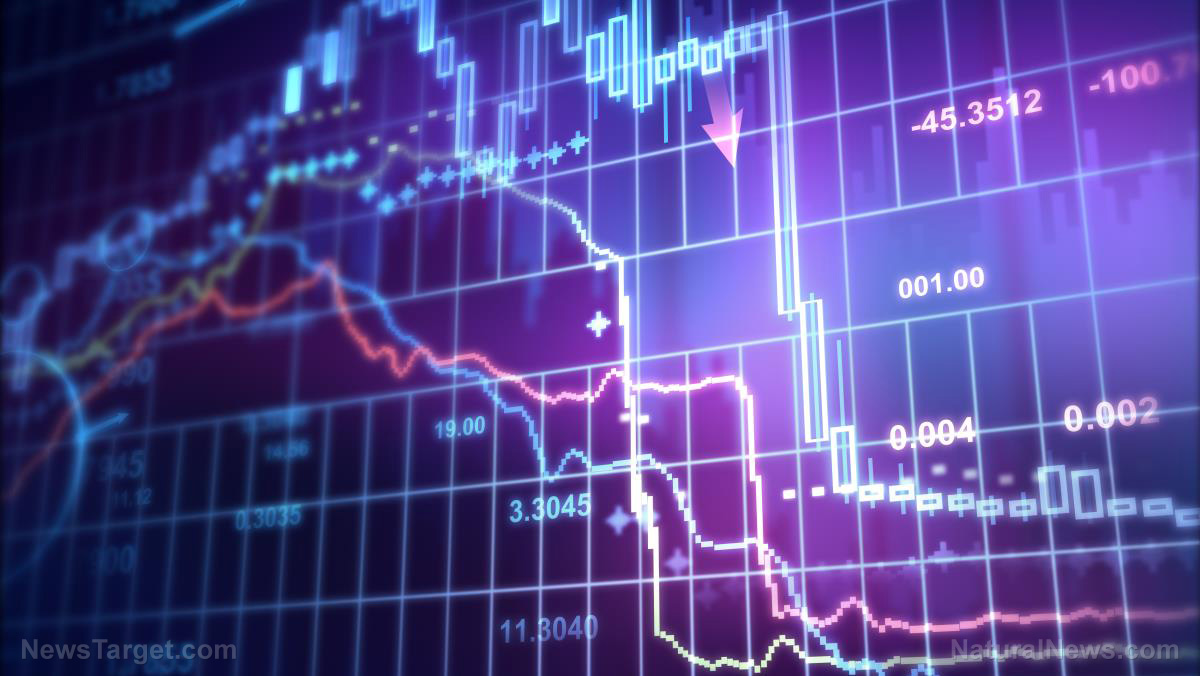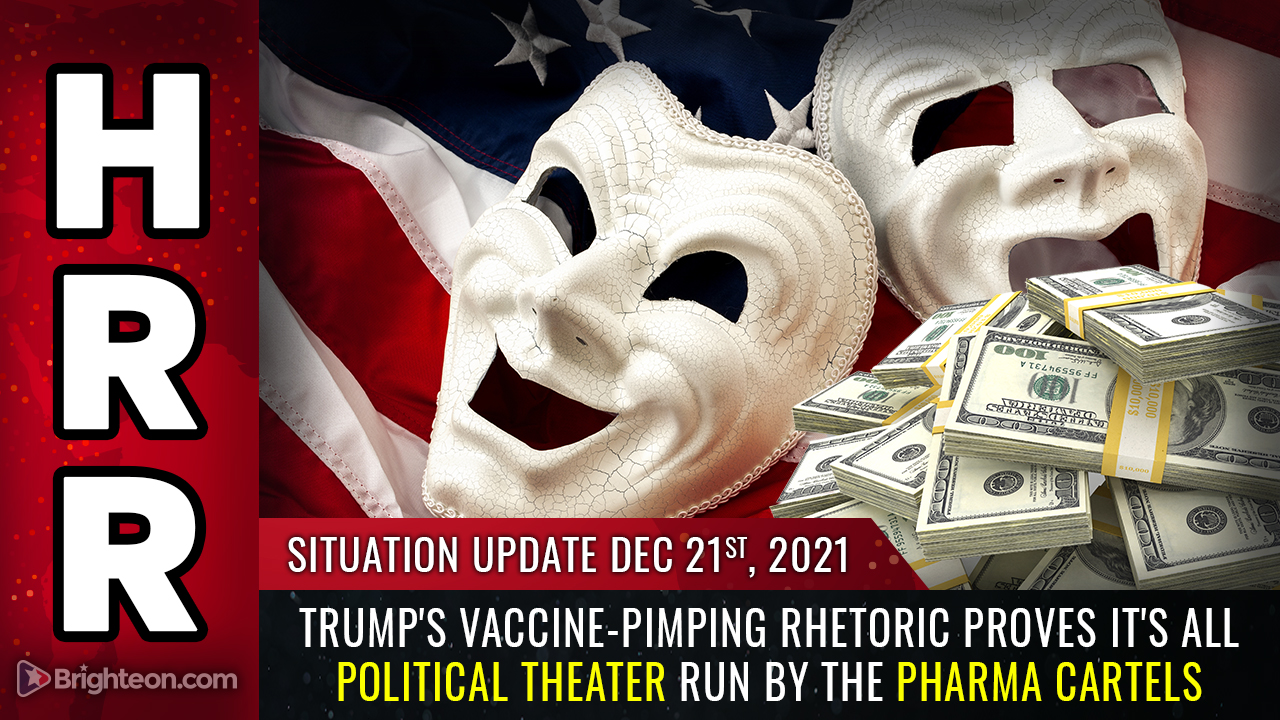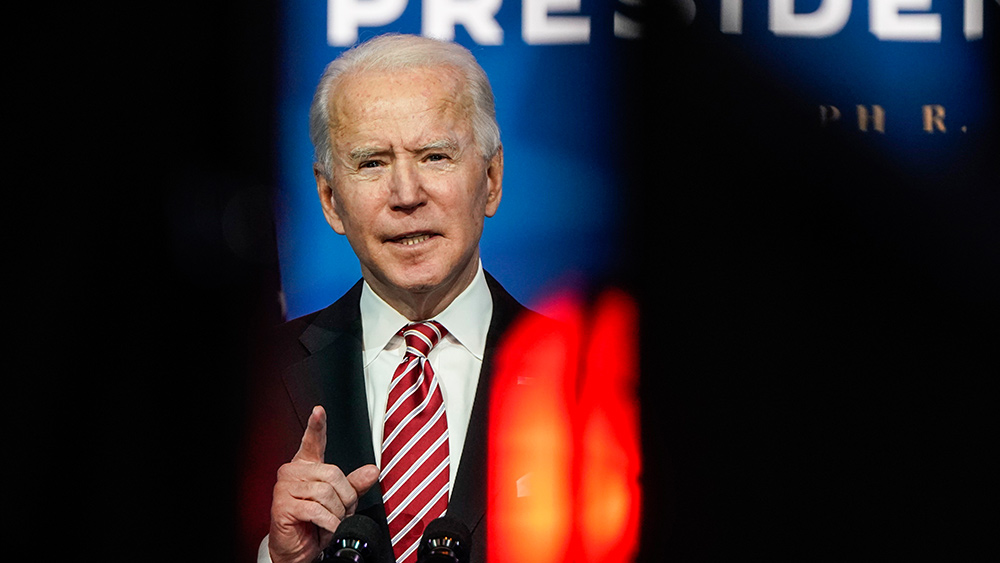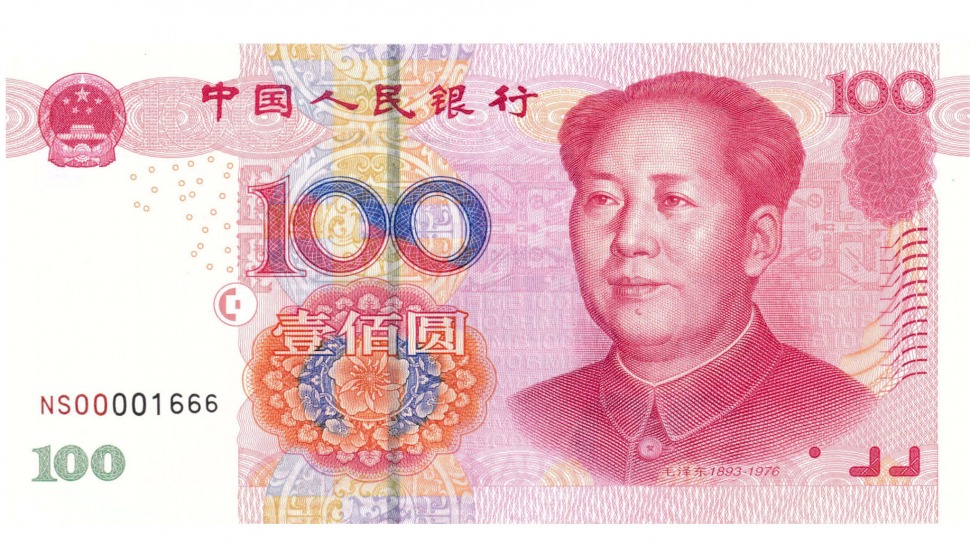COINGEEK: Crypto crime cartel: FTX, Sam Bankman-Fried, Tether and Solana
12/30/2021 / By News Editors

Sam Bankman-Fried is the co-founder of FTX, a cryptocurrency exchange which Forbes says currently accounts for 10% of all digital asset derivative trading each month. He also runs Alameda Research, a trading company raking in more than a billion dollars in profit a year and is invested in countless more digital asset companies—some more publicly than others.
(Article by Jordan Atkins republished from CoinGeek.com)
Like many investors in the digital asset industry, Bankman-Fried and his network of companies have done very well out of the recent boom, particularly out of their interest in exchanges and market makers.
The ongoing Tether fiasco has revealed that unbacked USDT is likely being printed and then swapped for BTC on exchanges, artificially inflating the price of BTC while exchanges enjoy ballooning commissions from both the processing of USDT and the general rise in speculative activity that these price boosts are inviting.
But Bankman-Fried and FTX’s ties to Tether go beyond merely enjoying the increased activity that Tether’s constant printing brings to exchanges throughout the ecosystem. Much of the digital asset industry is made up of a closely-aligned network of companies, as well as individuals and their financial interests, so it’s relatively easy to get the measure of a person and their affiliations based on who they defend.
Bankman-Fried is no exception to this. He’s been an outspoken defender of Tether, even at a time when the New York Attorney General’s investigation was proving that the stablecoin wasn’t actually stable at all:
It’s sort of funny hearing people claim that you can’t create/redeem USDT for $.
Like, I don’t know what to tell you, you can, and we do. https://t.co/8XthTsk1xr
— SBF (@SBF_FTX) January 12, 2021
Has a crypto-bro ever tweeted out “I don’t know what to tell you” and not been trying to pull the wool over your eyes? Bankman-Fried was likely well aware at this point that in Tether’s user agreement, they accept no obligation to redeem a single USDT, and he mischaracterizes the concern surrounding Tether by implying that because he has been able to sell his Tether, everyone else holding the some $73 billion worth of USDT will be able to do the same once everyone begins to run for the exit.
Days later, the NYAG released the results of their investigation, confirming that Tether had been lying about its backing. At the same time, Tether and their general counsel Stuart Hoegner outright lied to their customers about the outcome of the NYAG investigation, saying that the investigators made “no negative findings whatsoever that tethers were not fully backed, nor were ever issued without backing.”
Fried endorsed the lie immediately, tweeting his congratulations to the Tether team and saying that “the Tether FUD was never grounded in truth.”
Well, it should come as no surprise that just a mere month after Bankman-Fried so nonchalantly defended Tether as though he was an impartial observer, his company FTX became the single biggest recipient of over a billion dollars’ worth of newly minted USDT in February 2021.
More than that, independent research done by Protos also confirmed that Alameda Research was the recipient of nearly a third of all USDT ever printed—and 86% of that was minted in the last year. Of the USDT sent to Alameda, 87% went directly to FTX, 12% went to Alameda’s wallets on Binance, Huobi and OKEx, while the remaining 2% (still accounting for a huge $705 million worth) went to non-exchange addresses.
Remember that if Tether is telling the truth that every USDT in circulation is backed by US$1 cash (or cash equivalents), this should mean that FTX was fulfilling over half-a-billion dollars’ worth of USDT orders for its customers. Given the splits identified by Protos (particularly the non-insignificant amounts destined for non-exchange wallets), this doesn’t seem likely to have happened with the newly minted USDT being sent from Tether to Alameda.
This is further echoed in research done by the Journal of Finance, which last year demonstrated that the exchanges in receipt of newly minted USDT are typically sending them directly to subsidiary exchanges, which almost always results in positive moves in the BTC price within hours.
And despite what Bankman-Fried’s early 2020 tweets would imply, he (or at least FTX) was closely connected with the Tether team for quite some time. FTX’s current chief compliance officer and former general counsel is Daniel S. Friedberg, who previously worked with Tether’s general counsel Stuart Hoegner on the Ultimate Bet/Excapsa disaster. Friedberg himself was caught on tape advocating that Ultimate Bet cover up a cheating scandal by lying in order to shift the costs to another company.
Bankman-Fried sued over market manipulation
Bankman-Fried is no stranger to accusations of market manipulation. In 2019, a lawsuit was filed accusing Bankman-Fried, FTX and Alameda of running a RICO enterprise. The plaintiff (BMA LLC), who has also sued other exchanges for market manipulation, said the defendants, under the direction of Sam Bankman-Fried, tried to use Binance to dump hundreds of BTC calculated to cause an artificial price movement which would trigger cascading liquidations of customers on Binance and other exchanges, including FTX.
According to the suit, Binance’s own manipulation detection systems prevented the attempt, but the defendants have attempted similar moves on other exchanges “in a long-running, continuing enterprise engaging in a pattern of racketeering activity.” Binance’s Changpeng Zhao seemingly confirmed the attempt at the time, but after talking with the then-unnamed party said that it was accidental on their part. Yeah, right!
Alameda took to a Medium blog to blast the litigation, calling it an inaccurate nuisance suit. The same blog was later updated to claim that it had been successfully dismissed; however, records showed that the suit was voluntarily dismissed with prejudice—which almost always means that an out-of-court settlement was reached.
Nothing more came out of the claims, although in 2020 the U.S. Securities and Exchange Commission (SEC) received a public submission accusing Bankman-Fried, Alameda and FTX of buying the silence of potential and actual litigants, and then later claiming their complaints were dismissed in court for lack of substance—which the submitter says specifically happened with the BMA suit.
Either way, the civil suit never reached court.
As of the end of 2021, FTX is enjoying huge increases in volume. The company’s U.S. business reported a 512% increase in average trading daily volume for Q3 2021. Coincidentally, Q3 is the period when Tether suddenly printed 2.3 billion new USDT after two months of inactivity.
Read more at: CoinGeek.com
Tagged Under: Crime Cartel, crypto, cryptocurrency, finance, FTX, risk, Sam Bankman-Fried, Solana, stablecoins, Tether
RECENT NEWS & ARTICLES
COPYRIGHT © 2017 RISK NEWS



















